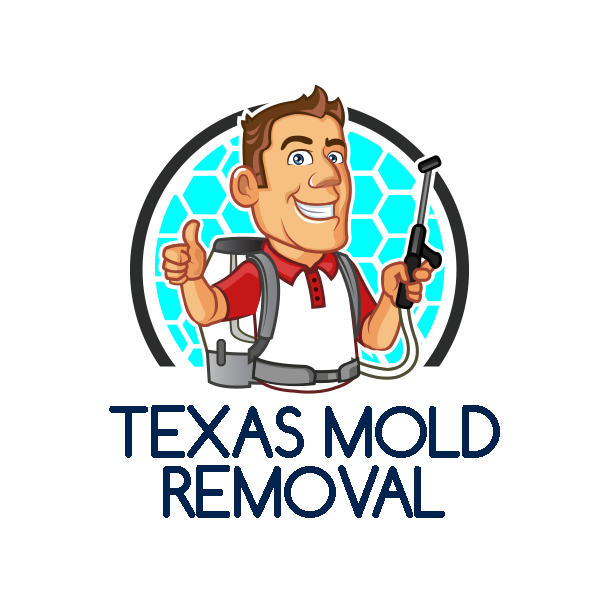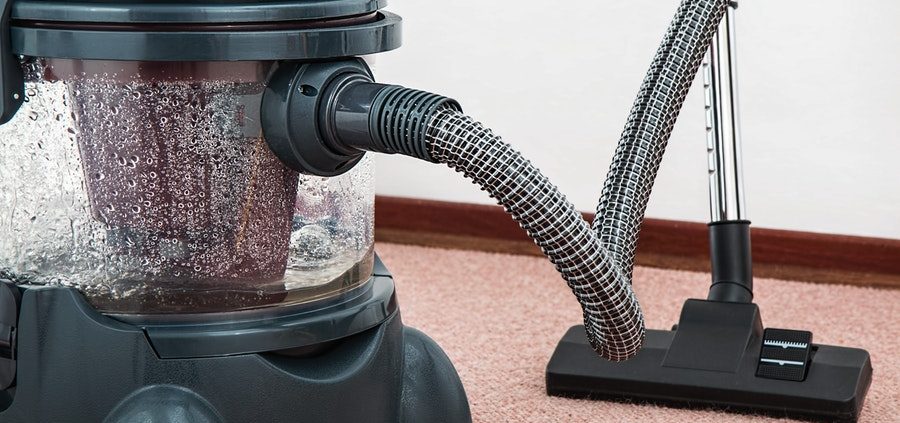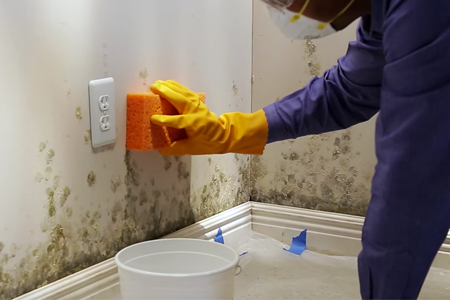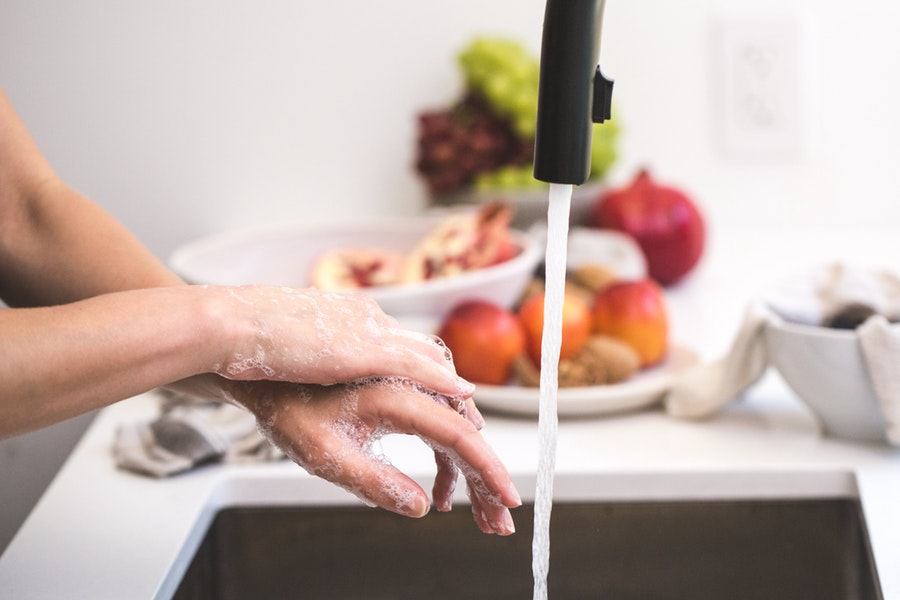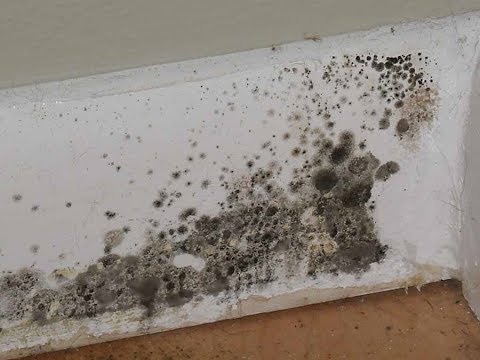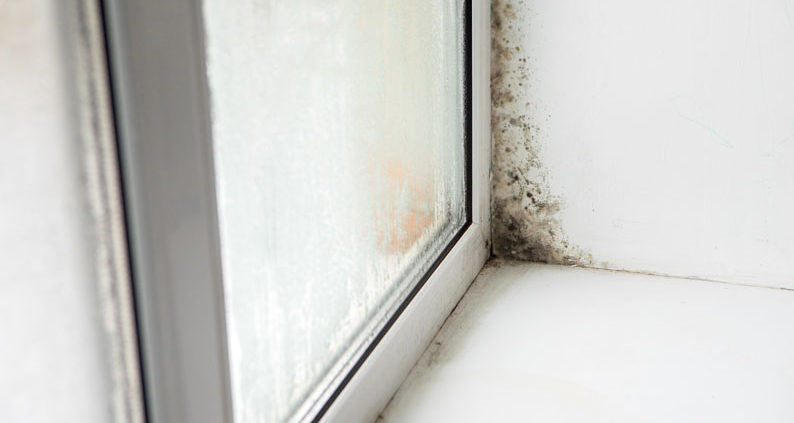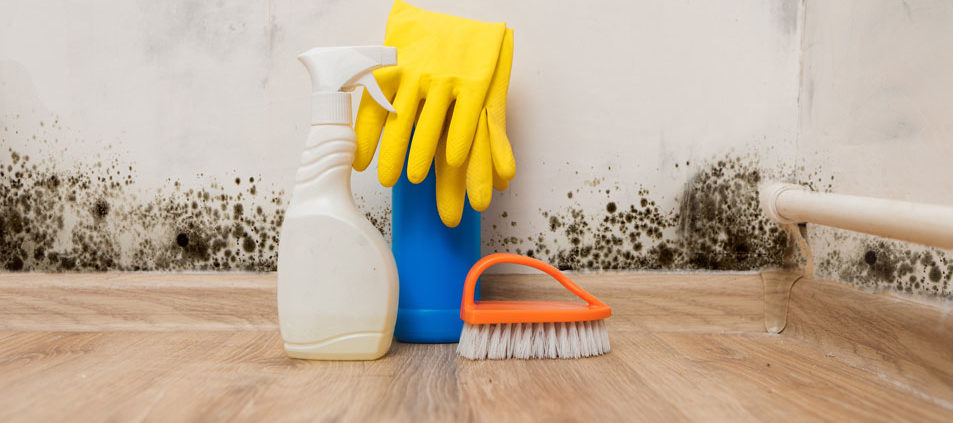Top 5 Mold Removal Tips To Get Your Home Back In Shape
Mold isn’t always an overabundant problem, but when it is, you want to be on top of your game. Mold is present, always, and many people don’t really know that. It is when they have a mold issue that they start to really pay attention. That’s natural, and in those instances, you want to know what needs to be done to get the situation under control. There are different types of mold, and there are also different methods of mold removal. Here are five of the best mold removal tips, and if at any time you feel the situation is out of hand, call a mold removal and remediation team.
These businesses not only have the tools and supplies for removing the mold, but they have testing equipment, too. Finding all the mold, the source of the mold and knowing exactly what to do requires experience. You may be able to handle this mold situation yourself though, and you want to give it a try. So what are the top 5 ways for getting rid of mold inside a home?
You might of heard that bleach is often a popular solution. Some experts say that bleach doesn’t work with black mold. Let’s be clear though that many homeowners see mold and immediately think that their home is infested with black mold, when it’s not. That doesn’t mean yours isn’t though, and it’s important to know at least a little about the different mold types. You are going to want to call in the experts if you truly think that you have black mold.
So bleach has been identified as one solution for getting rid of mold. However, you can step up your game if you try this next solution. Bleach is involved, but you are going to add water and detergent. This mixture of three ingredients is good for getting rid of mold and mildew in general. Now one thing you should know as well about mold is that you don’t get rid of it all, it’s coming back. Also, if you don’t stop the source of the mold, it’s coming back.
Make sure that you are dealing with mold and not just dirt. Let’s look at another one of the top 5 mold removal tips. Have you heard of antimicrobial sprays? These sprays can be very helpful with mold removal and prevention. After you have cleaned an area and removed all the mold, make sure you check back on the area and continue to clean it diligently. However, another important point to make right now is that you really need to be sure that the area dries out completely, too.
You know that moisture is going to cause more mold to grow. As for using that antimicrobial spray, you can use it in the spray bottle, or people also suggest a fogging machine. Let’s say that you are using the spray on bathroom tiles. You can also use do some re-grout the bathroom tiles after you have sprayed them with antimicrobial spray. Naturally, you are going to want to be sure that they are dry, too. That is a great mold prevention method that works.
Did you know that there are more than 100,000 mold species? When it comes to the top 5 tips for mold removal, remember that you also need to think about the fact that mold damage isn’t often going to be covered by homeowners insurance. And mold removal isn’t just about the products used as you can tell. You need to know how to deal with the situations entirely, and these five top mold removal tips should help.
